
Currently, textile and garment businesses have orders booked until November and are continuing negotiations for the following months. Besides boosting exports and quickly achieving the targets set for 2025, businesses are also implementing various solutions to increase productivity and enhance product value.
Facing pressure
According to Nguyen Ngoc Binh, General Director of Hoa Tho Textile and Garment Corporation, in response to unfavorable market fluctuations, the company has implemented a series of solutions to stabilize production and boost exports. The efforts of the entire system have helped the company achieve revenue of VND 4,202 billion in the past nine months, equivalent to 83% of the annual plan; pre-tax profit reached VND 329 billion, equivalent to 91% of the annual plan.
To achieve the annual revenue target of over 5.225 billion VND, the company will strengthen research and monitoring to maximize equipment efficiency and labor productivity, and improve production and business performance. The company will focus on improving product quality and order fulfillment, while also orienting sourcing to match the production capacity of each factory; researching and developing smart factory models and exemplary factories for future development, avoiding the risk of falling behind global technological trends, etc.
Mr. Nguyen Ngoc Binh noted that the cotton, fiber, and yarn market has not shown signs of a breakthrough in the last months of the year, but the garment market is expected to see a slight increase in both price and orders as it enters the peak shopping season for holidays and Tet (Lunar New Year). Regarding the US market, it is expected that consumer prices will rise, and garment purchasing power will decrease, leading to slower and fewer orders; the EU and Japanese markets are trending towards reduced production and stricter requirements. green products and environmental certification.
"Not only are orders and unit prices trending downwards, but there is also increasingly fierce competition for labor among businesses, especially high-income businesses such as high technology, real estate, and tourism services... In particular, the increase..." minimum wage "The new roadmap, effective from January 1, 2026, will affect labor costs, requiring businesses to proactively improve welfare policies, skills training, and automation to stabilize the workforce and boost production," Mr. Nguyen Ngoc Binh emphasized.
According to General Director of May 10 Corporation, Than Duc Viet, in the past nine months, the company's revenue reached 104% of the plan, an increase of 14% compared to the same period in 2024. The majority of revenue came from exports, followed by domestic sales and services. Orders are currently secured until the end of November, with some items secured until the end of the year.
Businesses are also facing significant pressure due to declining supply and lower prices resulting from the impact of US tax policies and global geopolitical uncertainties.
To achieve the revenue target of VND 5,055 billion and a profit of over VND 135 billion, the company will continue to closely monitor market developments, seek new sources of goods, reorganize production lines, prioritize progress and quality in the current unfavorable market conditions, and simultaneously research solutions and conduct promotional activities to attract labor, etc. General Director of Vietnam Textile and Garment Group (Vinatex), Cao Huu Hieu, stated that after... reciprocal tax policy The implementation of the US tariff has led to a 20 to 30% decrease in orders for many businesses due to a sharp decline in purchasing power in this market.
The coming months will continue to see a decline in demand for textiles and garments in the US due to the combined impact of tariff policies and overorders in the first half of the year. This indicates that businesses face many challenges in the face of market fluctuations, especially in the US market, which accounts for more than 40% of Vietnam's total textile and garment export turnover.
Improve your position in the supply chain.
Mr. Cao Huu Hieu also analyzed that in the early months of the year, the impact of the US tariff policy was not significant because customers accelerated orders before the tariffs took effect. However, currently, the impact of this policy has sufficiently affected businesses, as orders are mainly placed monthly, and many businesses do not have enough orders for November, whereas in previous years they had orders until the end of the year, or even until the end of the first quarter of the following year. For Vinatex, thanks to the flexible application of solutions and close monitoring of market developments, the company has achieved positive results.
Over the past nine months, the unit's revenue reached nearly 14,500 billion VND, equivalent to 79% of the annual plan and 110% compared to the same period last year. profit before tax Revenue reached 1,040 billion VND, completing 114% of the annual plan and doubling compared to the same period in 2024.
According to statistics from the Vietnam Textile and Garment Association, Vietnam's total textile and garment export turnover in the first nine months reached nearly US$34.8 billion, an increase of over 7.7% compared to the same period last year. Of this, garments accounted for US$27.8 billion, with the remainder being fabrics, fibers, yarns, accessories, and geotextiles. With increased consumer demand for year-end shopping, especially during holidays and Tet (Lunar New Year), the industry is expected to soon reach its export target of US$48 billion.
Favorable factors such as the presence of Vietnamese textiles and garments in nearly 140 countries and territories will help the industry maintain its growth momentum in the coming period. However, the textile and garment industry is also facing many challenges due to its excessive dependence on imported raw materials, especially from China.
For example, raw materials for the textile industry such as cotton must be imported 100%, and fiber is imported 90 to 95%; businesses mainly engage in processing and have not yet developed high value-added stages such as design, branding, and distribution due to a lack of financial and human resources.
Next, to take advantage of the benefits from these free trade agreement which Vietnam has signed, requires compliance with the regulations on product origin.
One of Vietnam's past competitive advantages in the textile and garment industry was its cheap labor, but this is now diminishing as large-volume orders with low processing fees tend to shift to countries with cheaper labor costs. To increase competitiveness, businesses must improve productivity, invest in modern, highly automated equipment, and change their production organization models and management methods to shift towards high-end, specialized, and high-value-added products.
It is necessary to continue diversifying product designs, markets, and customers, as well as proactively securing domestic raw material sources for production by planning and establishing key areas. industrial zone Focus on supply chain management. It is necessary to build product development and pattern-making centers to boost production, increase efficiency, and thereby enhance Vietnam's textile and garment industry's position in the global supply chain.
Source: https://baoquangninh.vn/nang-cao-gia-tri-gia-tang-cho-nganh-det-may-3382146.html








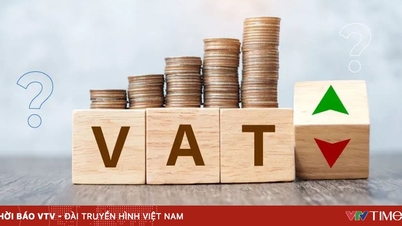

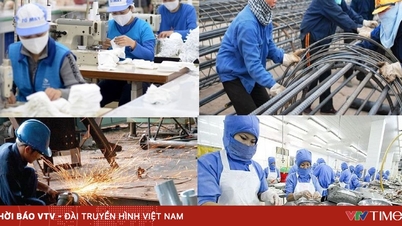
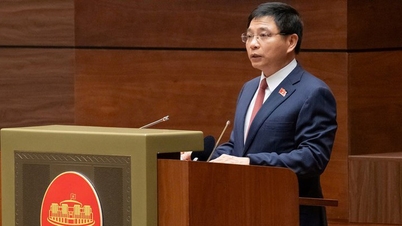

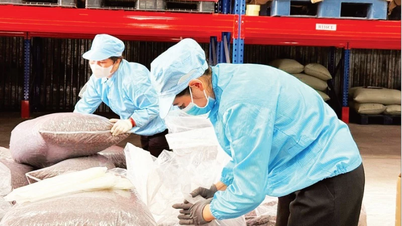

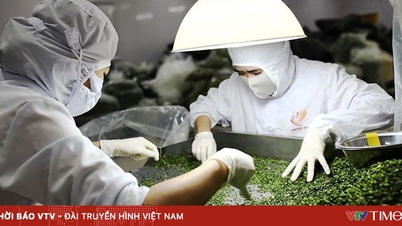

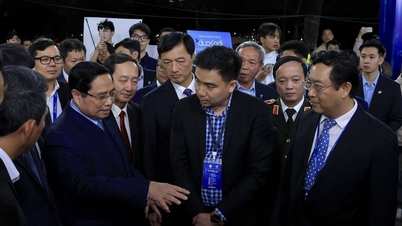

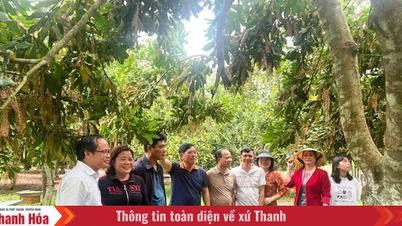

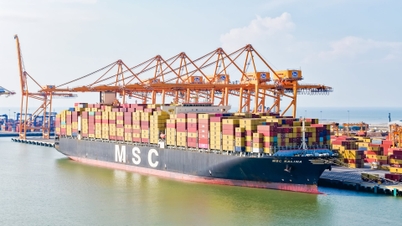

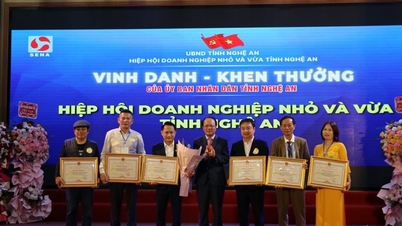

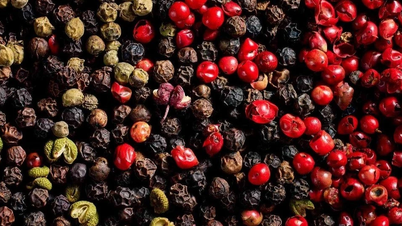







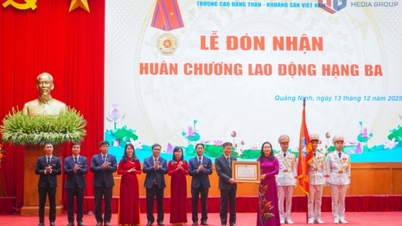
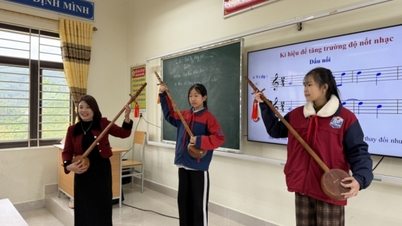
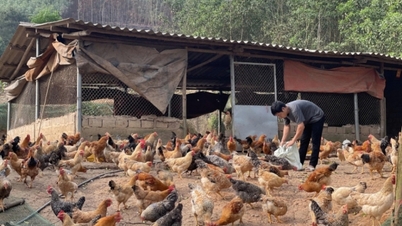




















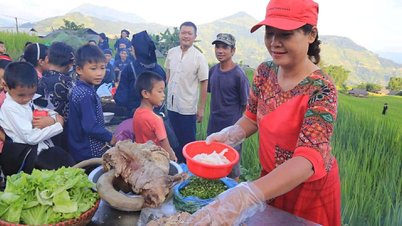





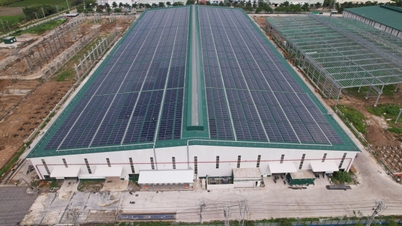






















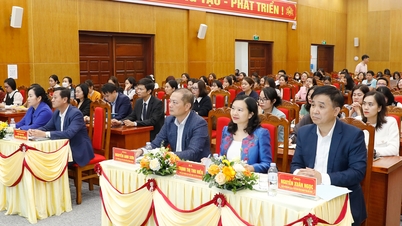

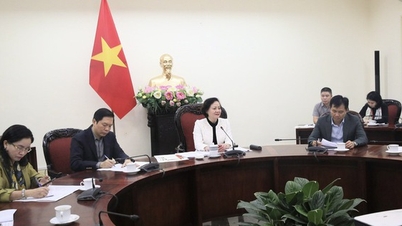
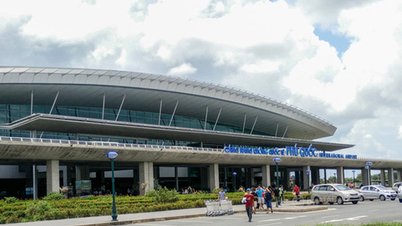






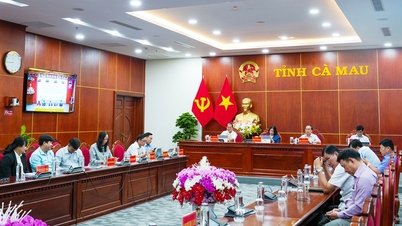










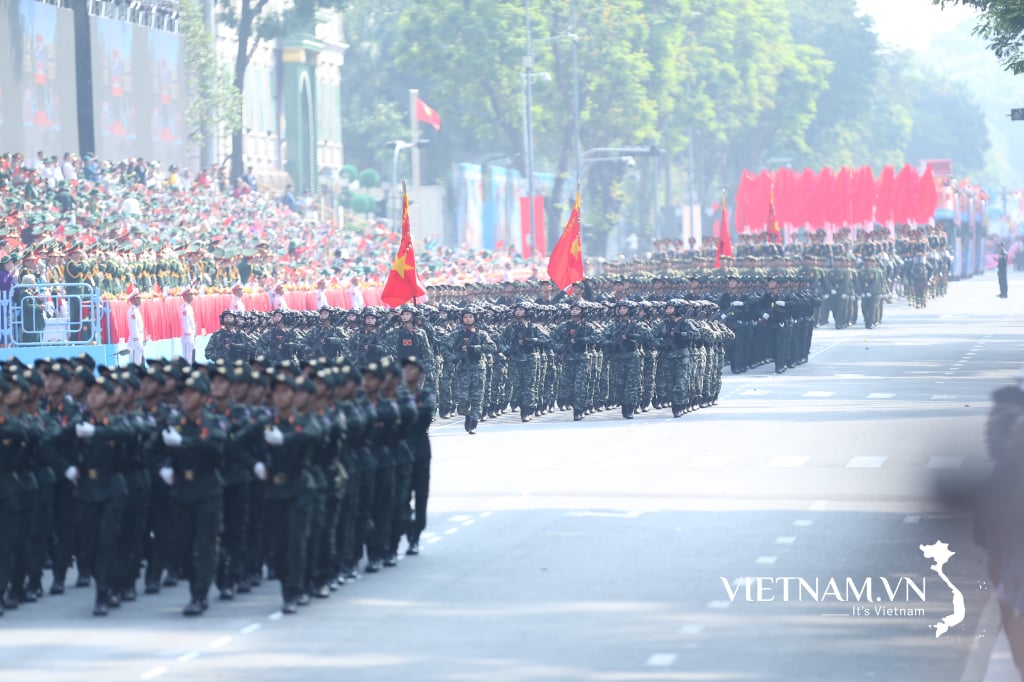



Comment (0)